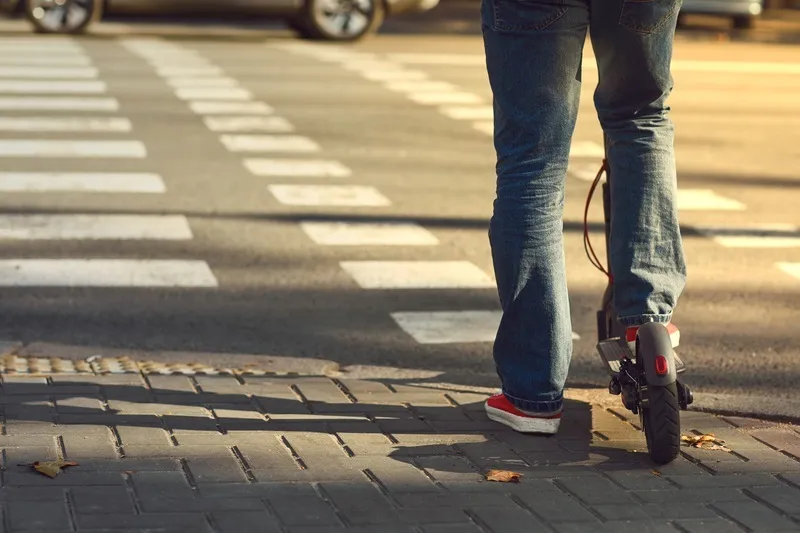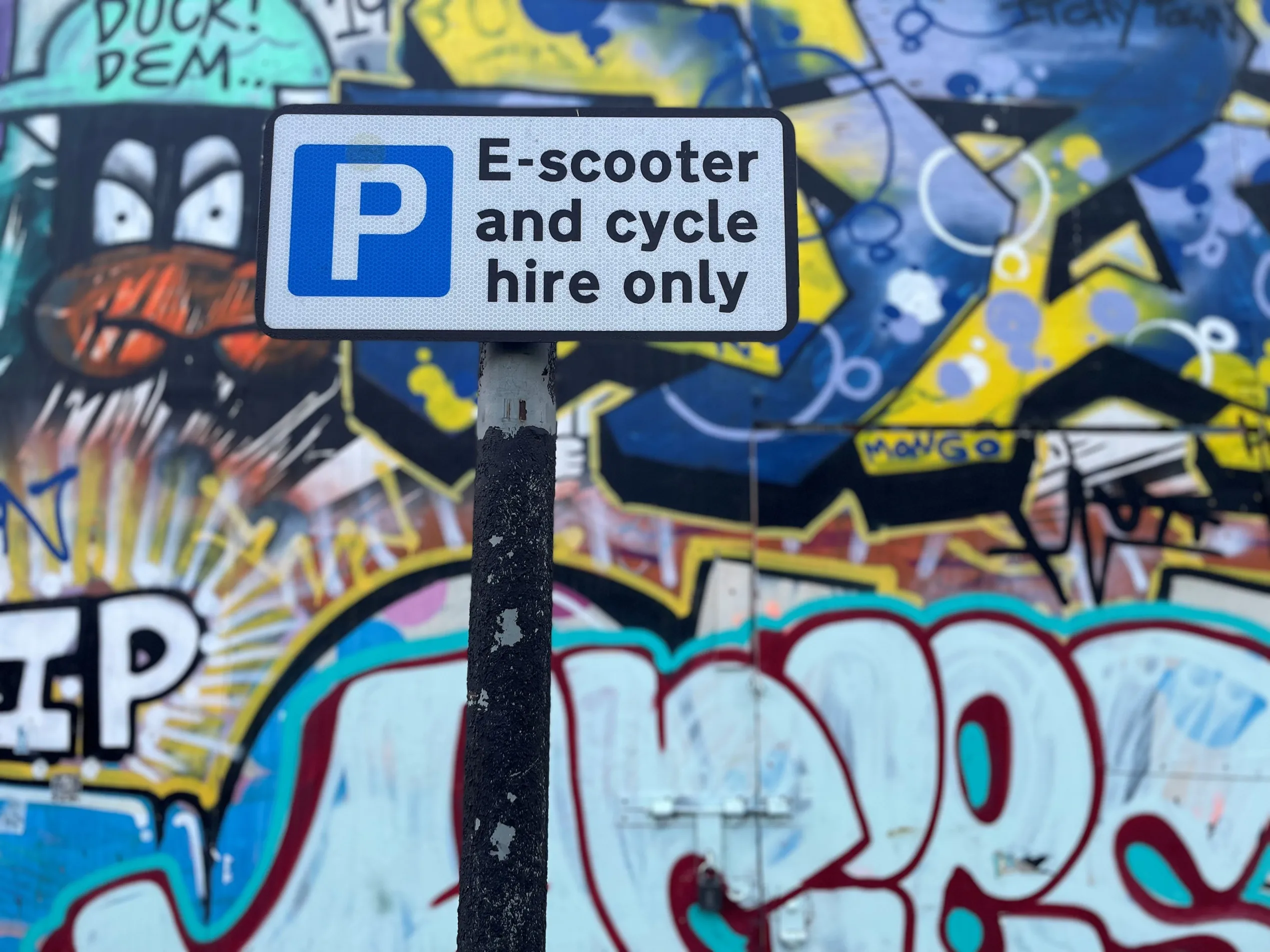
Its new report, Safe Micromobility, defines micromobility as the use of vehicles weighing less than 350kg and with a top speed of 45km/h or less.
It classifies these into four types, with type A weighing up to to 35 kg and possessing a top speed of no more than 25km/h - which in effect means bicycles, e-bikes and e-scooters.
“A trip by car or by motorcycle in a dense urban area is much more likely to result in the death of a road user – this includes pedestrians – than a trip by a type A micro-vehicle," the report says.
"A modal shift from motor vehicles towards type A micro-vehicles can thus make a city safer."
This would be done by reducing the number of car and motorcycle trips in a city - and potentially increasing the catchment area of public transport by allowing wider access to stations.
That latter finding chimes with another recent report, which said that new forms of mobility must work in tandem with public transit to provide sustainable transportation.
ITF says e-scooter safety "will likely improve once users learn to navigate urban traffic and car drivers become accustomed to novel forms of mobility".
It urges governments to put in place safe cycling infrastructure and "targeted safety regulations for micro-vehicles and shared mobility operations" with traffic calming and protected lanes.
Pedestrians must be kept safe otherwise the number of people walking will fall. To that end, ITF advocates banning micro-vehicles on sidewalks or making them subject to a low, enforced speed limit.
It also acknowledges that "considerable regulatory challenges exist due to the rapid pace of innovation in micro-vehicle design".
Speed limits for all motor vehicles should be no higher than 30km/h "where motorised vehicles and vulnerable road users share the same space", the report adds.









